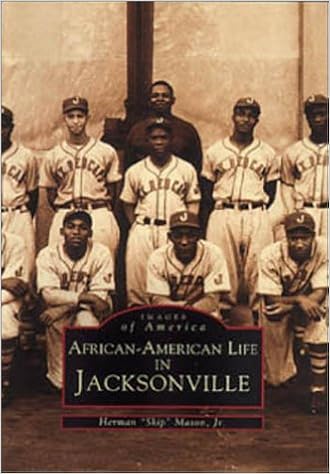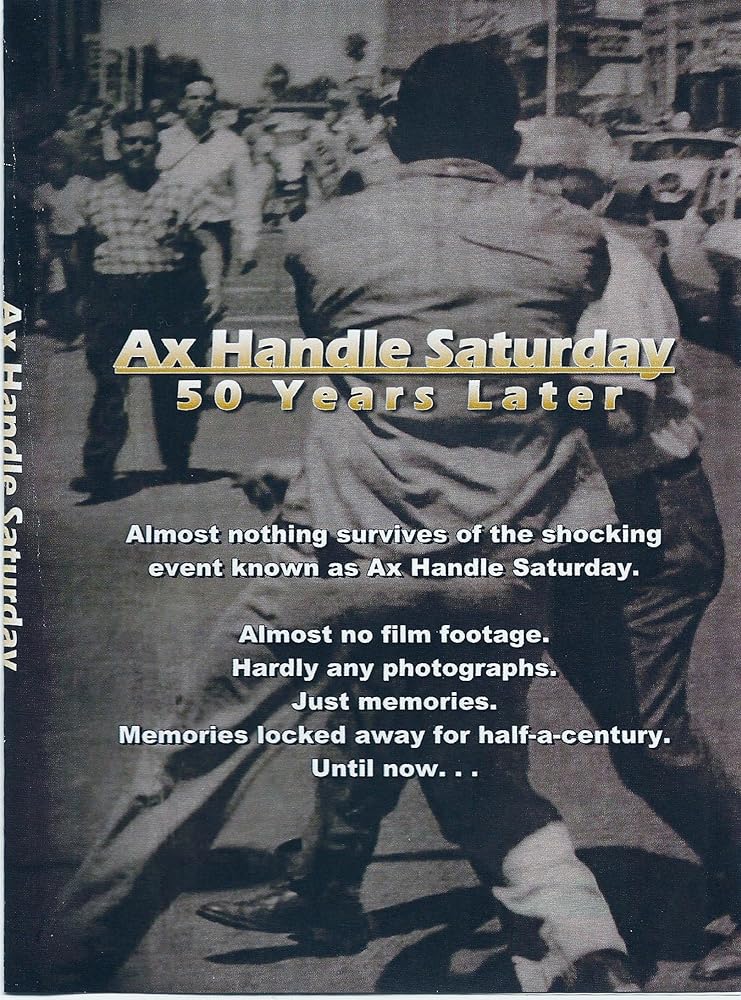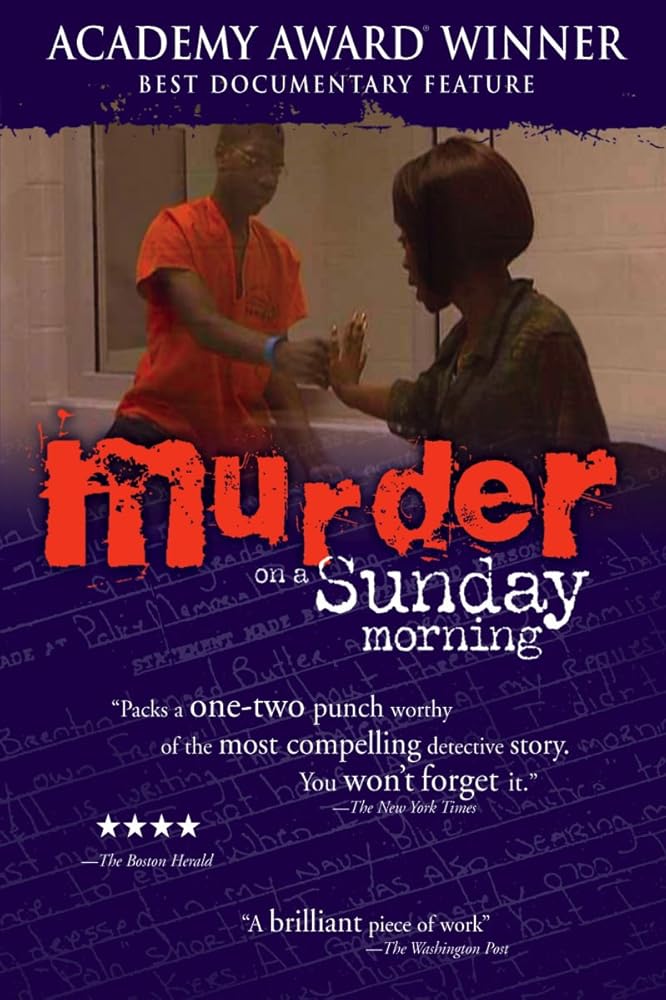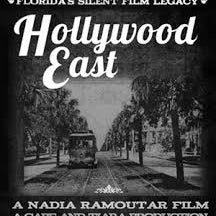Completed by the TV Production studio at FSCJ (then Florida Community College) in 1990, Jacksonville: the Inside Story was a five part series designed to help students and community members learn more about the city's history. This video includes parts one and two of the series. Part one, The Early Years, discusses the settling of the region by French Huguenots in 1562, the subsequent power shifts between Spanish and British, the founding of Jacksonville in 1822, the Seminole wars and Civil War. It describes how Jacksonville blossomed following the Civil War, only to be sidetracked by the extension of the railroad to south Florida and the yellow fever epidemic of 1888. Part two, Into the 20th Century, describes the growth of Jacksonville as two segregated cities, the great fire of 1901, the city's rebirth and early industries, its role in the fight for civil rights and its movement to a centralized countywide consolidated government. Parts three, four, and five cover the process of Consolidation, the history of Jacksonville's schools, and the organization of Jacksonville's government as of the time of the series' creation.
 African-American Life in Jacksonville
by
African-American Life in Jacksonville is a work that will delight the lifelong resident and the first time visitor, the serious scholar and the casual observer. It is a lovingly composed look at a proud people and their heritage. Included are glimpses at such famous civic, social, and business figures as James Weldon Johnson, principal at Stanton Public School and composer of the great anthem Lift Evry Voice and Sing; James Charles Edd Craddock, owner of the palatial Two Spot nightclub; Eartha M. M. White, who operated the Clara White Mission; and Abraham L. Lewis, founder of Afro-American Life Insurance Company.
African-American Life in Jacksonville
by
African-American Life in Jacksonville is a work that will delight the lifelong resident and the first time visitor, the serious scholar and the casual observer. It is a lovingly composed look at a proud people and their heritage. Included are glimpses at such famous civic, social, and business figures as James Weldon Johnson, principal at Stanton Public School and composer of the great anthem Lift Evry Voice and Sing; James Charles Edd Craddock, owner of the palatial Two Spot nightclub; Eartha M. M. White, who operated the Clara White Mission; and Abraham L. Lewis, founder of Afro-American Life Insurance Company.
 Jacksonville family album : 150 years of the art of photography
by
The undisputed king of Jacksonville's local history, Wayne Wood, teams up with deputy managing-editor of The Florida Times-Union Carole Fader and executive director of Jax's Historical Society Emily Lisska to produce The Jacksonville Family Album, a gorgeously-printed oversized book featuring 574 photos of the city drawn from the archives of the JHS, FTU, Jacksonville Public Library, and various local and national institutions and individuals.
The photos, selected from over 40,000 possibilities, depict the evolution of the city from the Civil War until the early 2000s in mostly-chronological chapters that occasionally deviate from a strict timeline in order to highlight a theme. Beginning with an introduction by Wood where he ruminates beautifully on the importance of photography in crystallizing not just the facts of a place's history but its feeling, the books moves into a section that presents stunning full-page portraits of various Jacksonville citizens before transitioning to chapters on the Civil War, the Great Fire, Jacksonville's flirtation with the film industry, and much more. Each comes with a brief essay contextualizing the historical moment or theme it's devoted to, and the photos themselves (mostly) come with detailed captions which frequently provide geographical references which help readers triangulate where the subject of the image is in present-day Jacksonville.
Jacksonville family album : 150 years of the art of photography
by
The undisputed king of Jacksonville's local history, Wayne Wood, teams up with deputy managing-editor of The Florida Times-Union Carole Fader and executive director of Jax's Historical Society Emily Lisska to produce The Jacksonville Family Album, a gorgeously-printed oversized book featuring 574 photos of the city drawn from the archives of the JHS, FTU, Jacksonville Public Library, and various local and national institutions and individuals.
The photos, selected from over 40,000 possibilities, depict the evolution of the city from the Civil War until the early 2000s in mostly-chronological chapters that occasionally deviate from a strict timeline in order to highlight a theme. Beginning with an introduction by Wood where he ruminates beautifully on the importance of photography in crystallizing not just the facts of a place's history but its feeling, the books moves into a section that presents stunning full-page portraits of various Jacksonville citizens before transitioning to chapters on the Civil War, the Great Fire, Jacksonville's flirtation with the film industry, and much more. Each comes with a brief essay contextualizing the historical moment or theme it's devoted to, and the photos themselves (mostly) come with detailed captions which frequently provide geographical references which help readers triangulate where the subject of the image is in present-day Jacksonville.
Search PALMM Florida Heritage Collection for Jacksonville Florida resources including eBooks, images, and documents (PDF).
Search the State Library of Florida catalog for Jacksonville Florida photographs.
Search the Florida Memory Project of the State Library & Archives of Florida for Jacksonville photographs.
Search the collections at the Sunshine State Digital Network for images and texts related to Jacksonville.
Search the Library of Congress Prints and Photographs Collection for Jacksonville, Florida photographs.

Search the Digital Public Library of America for Jacksonville, Florida photographs.
Search the New York Public Library's digital collection for Jacksonville, Florida photographs.
Search the Boston Public Library's digital collection for Jacksonville, Florida photographs.
Search the Smithsonian Institution's digital collection for Jacksonville, Florida photographs.
Search the The Getty Center's digital collection for Jacksonville, Florida photographs.
Inside Florida.com: Jacksonville
Search Vintage Jacksonville for photographs of the city taken by Lloyd Sandgren.
Browse the Whiteway Corner site for photos, videos, yearbooks, and scrapbooks relevant to the Riverside-Avondale area.
 Ax handle Saturday fifty years later (DVD)
by
Almost nothing survives of the shocking event known as Ax Handle Saturday. Almost no film footage. Hardly any photographs. Just memories. Memories locked away for half-a-century. Until now.
Ax handle Saturday fifty years later (DVD)
by
Almost nothing survives of the shocking event known as Ax Handle Saturday. Almost no film footage. Hardly any photographs. Just memories. Memories locked away for half-a-century. Until now.
 City of bridges (DVD)
by
“City of Bridges” traces the growth that resulted from the construction of Jacksonville’s railroad and automobile bridges across the St. Johns River, and explores the effects – both positive and negative – that the bridges have had on modern Florida, especially the Jacksonville area. Through the years, the bridges have helped to foster growth and prosperity in the suburbs, at the beaches and beyond. They also have contributed to the decline of downtown and the local environment.
WJCT tracks Jacksonville’s transformation from a small 19th-century city located only on the north bank of the St. Johns River to the large consolidated city/county of the 21st century. Helping to tell the story are local residents who witnessed the transformation firsthand. Consists primarily of archival photographs and archival film footage.
City of bridges (DVD)
by
“City of Bridges” traces the growth that resulted from the construction of Jacksonville’s railroad and automobile bridges across the St. Johns River, and explores the effects – both positive and negative – that the bridges have had on modern Florida, especially the Jacksonville area. Through the years, the bridges have helped to foster growth and prosperity in the suburbs, at the beaches and beyond. They also have contributed to the decline of downtown and the local environment.
WJCT tracks Jacksonville’s transformation from a small 19th-century city located only on the north bank of the St. Johns River to the large consolidated city/county of the 21st century. Helping to tell the story are local residents who witnessed the transformation firsthand. Consists primarily of archival photographs and archival film footage.
 Murder on a Sunday morning (DVD)
by
When a 15-year-old black male is arrested for the murder of Mary Ann Stephens, everyone involved in the case--from investigators to journalists--is ready to condemn him, except for his public defence lawyer, Patrick McGuiness. A true tale of murder and injustice.
Murder on a Sunday morning (DVD)
by
When a 15-year-old black male is arrested for the murder of Mary Ann Stephens, everyone involved in the case--from investigators to journalists--is ready to condemn him, except for his public defence lawyer, Patrick McGuiness. A true tale of murder and injustice.
 Hollywood east : Florida's silent film legacy
by
[DVD] Describes Jacksonville, Florida, as the center of the early film industry starting with Kalem Films in 1908. Fine weather, lots of sunshine and good transportation made Jacksonville attractive to many of the companies who would go on to become the giants of the film industry. The increasingly outrageous behavior of the film crews and their abuse of locations within the city lead to a growing antipathy to their presence by the citizens of Jacksonville. Much of the industry moved west to California by the 1920's. Norman Studios, however, stayed in Jacksonville, making action, adventure movies with all black casts. Film historians are increasingly aware of Jacksonville's importance to the history of film. The campus of Norman Studios is being actively preserved in Jacksonville. Includes still photos, film clips from early films, and interviews.
Hollywood east : Florida's silent film legacy
by
[DVD] Describes Jacksonville, Florida, as the center of the early film industry starting with Kalem Films in 1908. Fine weather, lots of sunshine and good transportation made Jacksonville attractive to many of the companies who would go on to become the giants of the film industry. The increasingly outrageous behavior of the film crews and their abuse of locations within the city lead to a growing antipathy to their presence by the citizens of Jacksonville. Much of the industry moved west to California by the 1920's. Norman Studios, however, stayed in Jacksonville, making action, adventure movies with all black casts. Film historians are increasingly aware of Jacksonville's importance to the history of film. The campus of Norman Studios is being actively preserved in Jacksonville. Includes still photos, film clips from early films, and interviews.
Created in 1985 by the College's TV Production Studio, Our Environment was a seven-part series which examined different aspects of Jacksonville's environment. The first episode, "Our Historical and Physical Development," examines Jacksonville’s physical attributes. The fifth episode, "Hazardous Waste," looks at issues regarding waste disposal in the community. The final episode of the series, "Moving Jacksonville into the Future," features a panel discussion with local and state stakeholders about air pollution, waste disposal, recycling, and development.